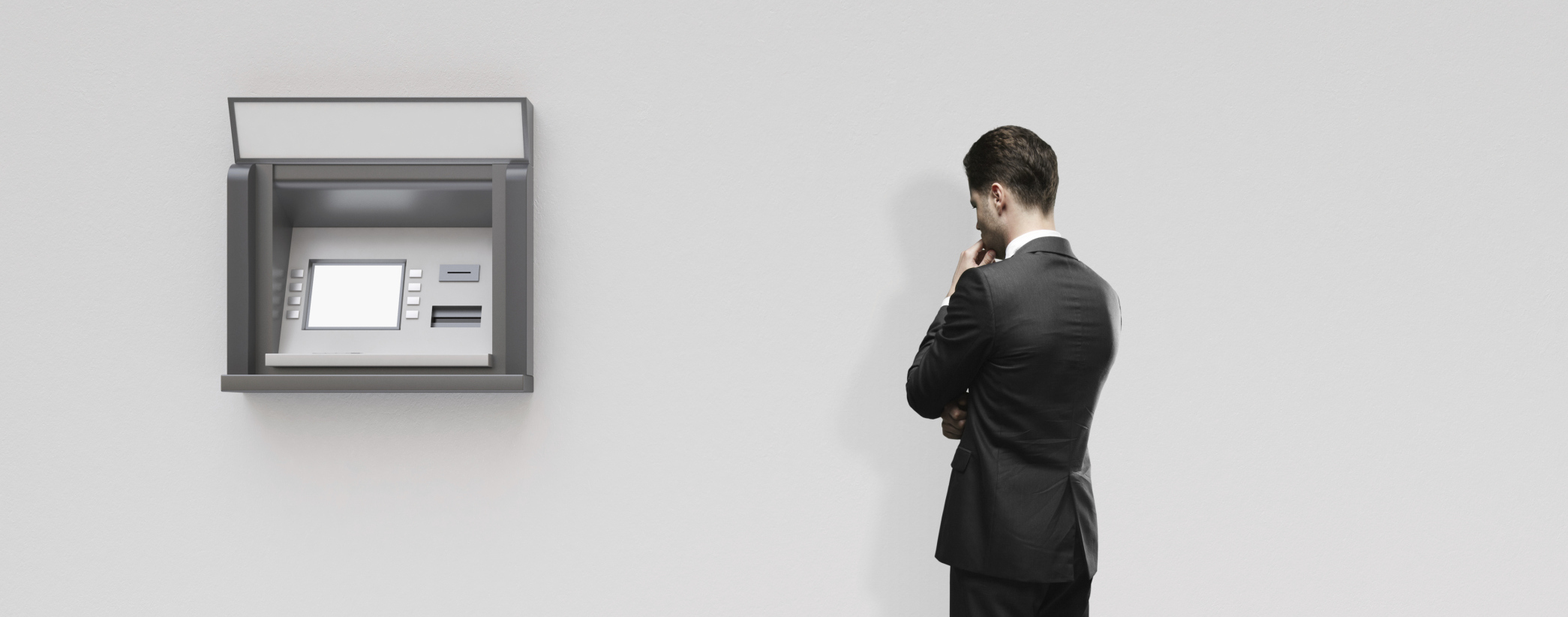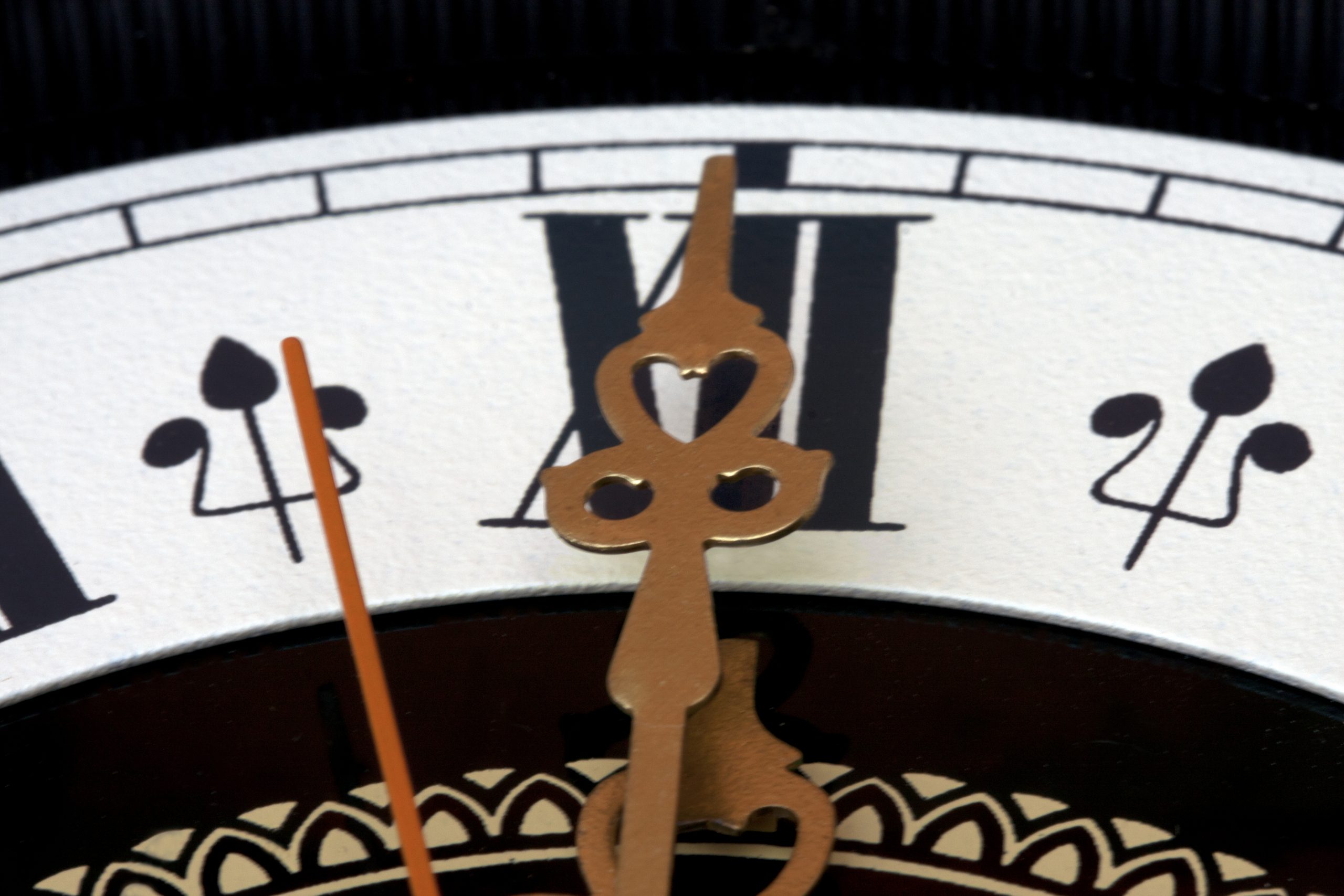We’ve been talking to some of your potential customers, (because that’s our job!). We asked them to recount a time when they were wowed by a hospitality experience, and to explain exactly why – to identify the individual elements of the experience that contributed to them being blown away by an establishment. We called it the WOW! factor, and we’ve dissected the information we were given to try and understand exactly what a WOW! factor consists of, and to figure out how to build them every time! We got 93 responses to our query, and we broke them down based on their importance – how many people specifically mentioned each factor. Take a look at this information, it comes directly from hospitality customers, and it’s the anatomy of a WOW!
- Complimentary elements. Free stuff!
This might surprise you, but while it did inevitably merit a mention in the poll, it didn’t feature as anything like the most important factor. In fact it tied with our next category for least important. Customers certainly like it when they get something for nothing, but it’s really not a deciding factor for them. Also, while we had one respondent relate the extravagant story of hotel upgrades when the staff discovered her future-husband was proposing, for the most part people were mentioning things like loyalty cards that entitled them to a free coffee after so many purchases. Little things can go a long way, because ultimately this isn’t what most people are looking for. It’s a nice-to-have for customers, not a must-have.
- Facilities.
Tied for bottom in importance with complimentary elements was facilities. That should probably be a relief, since facilities can be expensive to change. Parking, for example, was mentioned once or twice, but can be something largely out of your hands – the space you have around your business isn’t something you can realistically change. What is within your power to change – and made up most of the comments about facilities, by the way – was cleanliness. With some staff diligence it’s simple to implement and it’s important to people, especially in the hospitality sector. Chances are, in this sector, people are coming to you for food. Seeing evidence of a real commitment to cleanliness puts your customers’ minds at ease.
- Price.
It might be surprising that out of 93 respondents, only 28 specifically mentioned price as a factor in their WOW! experience. Now, we’re not saying value for money isn’t important to people – after all, even in this poll almost a third of respondents mentioned price specifically, and that’s a significant percentage – but in terms of what blows customers away, it’s not as important as you might suspect. There’s also a distinction to be made about what factors initially draw a customer to your business – the WOW! factor is very much about drawing people back to your business a second time, and in a survey about trying out a new restaurant price might have featured more highly. BUT! With those provisos in place, and in terms of wowing customers, it seems like people are willing to pay for experiences they find to be exceptional, which should be encouraging!
- Atmosphere.
We’re getting into the more important factors now, with about a third of people citing atmosphere as a crucial factor in their food and beverage experience. Like facilities, this is an element that in certain ways it might be difficult or expensive to do anything about – a few of our respondents mentioned things like mountain and sea views or medieval castles – obviously difficult to organise if you’ve got a small town-centre café. What should be encouraging, though, is that for the most part, when they talked about this category, respondents mentioned a “welcoming” atmosphere. That’s something well within the reach of any establishment to achieve – a little attention and a polite, warm attitude from staff might save you having to find a castle to stick on the premises!
- Food and Beverage Quality.
This one almost goes without saying. It was the second most important factor for respondents to our poll. Food and drink is the lifeblood of the hospitality industry, it’s ultimately what gets your customers’ bums onto your seats, and it seems that it features heavily in terms of what wows a customer too, so take care and invest in it. There are some ancillary elements to food and bev that might be easy to overlook – presentation was important to people, but also staff knowledge about the menu – when a customer asks a question about an item, they shouldn’t be met with a blank stare. Ideally, they should be met with a confident understanding of the product.
- Staff/Service.
72 out of 93 respondents specifically mentioned this factor, making it the most-mentioned factor in creating a WOW! experience in our poll. More than three quarters of our respondents felt it was worth specifically mentioning, but if you read over the other factors, you’ll see how many of them rely in some measure on your staff. Certainly, it’s possible to argue that of the six factors we identified, four of them rest on staff behaviours and competencies (the cleanliness of your facilities, the welcoming atmosphere, etc.). It’s a striking reminder of just how valuable an asset your staff is, and should give pause for thought – how well-trained are your staff? Do they need more guidance in the performance of their duties? Answer these questions well, address the issues that they raise, and our poll suggests you’ll have spent your time and effort well.
Ultimately, as turns out, it’s people who WOW! people.









